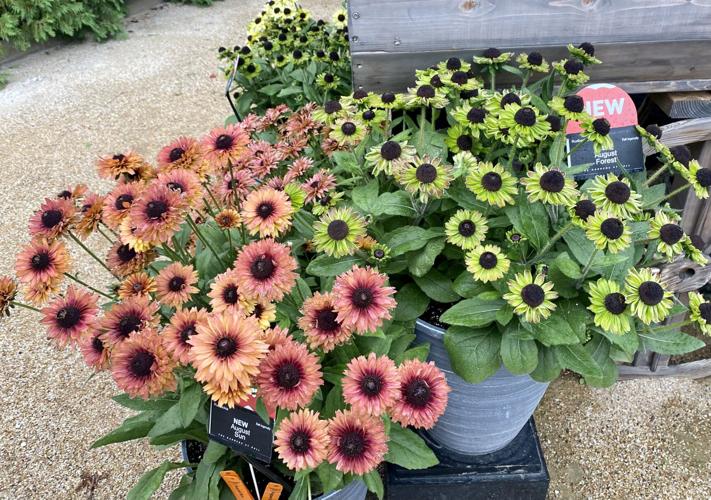Rudbeckia, a member of the daisy family, has long been a popular choice for gardeners and landscapers alike. With its bright yellow and orange blooms, rudbeckia adds a splash of color to any garden or landscape.
But where did this popular plant come from, and how has it been used over time?
The genus Rudbeckia is native to North America and was first introduced to Europe in the 1700s. The first recorded instance of rudbeckia being grown in Europe was in 1710 when a botanist named Johann Jacob Dillenius brought the plant to England. The plant was named in honor of two prominent botanists, Olof Rudbeck the Elder and his son, Olof Rudbeck the Younger.
Over time, various species of rudbeckia have been cultivated and developed for use in gardens and landscapes. One of the most well-known species is Rudbeckia hirta, commonly known as the black-eyed Susan. This perennial plant is native to eastern North America and has been a popular garden plant since the 1800s.
Rudbeckia is an easy-to-grow American wildflower that produces double and semi-double blooms in colors of gold, yellow and sometimes light orange with dark brown centers. Plant in spring after danger of the last frost has passed. Most varieties begin flowering in mid-spring and continue throughout the summer and fall.
There are more than two dozen wild species of black-eyed Susans that are native to different parts of North America. All have distinctive yellow, gold or orange petals that radiate out from a central knob. The National Garden Bureau has selected rudbeckia as its perennial plant selection for the year, and the Perennial Plant Association (PPA) has given the same designation to the American Gold Rush cultivar of rudbeckia.
American Gold Rush was a 2020 All-America Selections (AAS) National Winner and one of the first to be selected by the collaborative efforts of the PPA and AAS perennial trial garden partnership. This cultivar makes an excellent selection to use as a border plant in landscape beds, as a focal point in perennial gardens or meadows and is brilliant when massed in landscapes.
Another popular rudbeckia species is the Gloriosa Daisy. This biennial, or short-lived perennial, plant is native to North America and has been used in gardens and landscapes since the 1800s. Its large, yellow flowers with dark centers make it a striking addition to any garden. They look great when planted in masses and have become very popular flowers for the garden for pollinators. They also can be used as cut flowers.
In recent years, new varieties of rudbeckia have been developed, including the Indian Summer and Goldsturm cultivars. These hybrids have been bred for larger flowers, longer blooming periods and increased resistance to pests and disease. New cultivars are adding a wider range of colors than the yellow and gold to which we have grown accustomed. Some of the newest ones display pink and light green. A new intergeneric cross between echinacea and rudbeckia, called Echibeckia Summerina, has extra-large flowers and an extended bloom season and longer-lasting flowers.
In addition to their ornamental value, rudbeckia is a valuable ecosystem services plant for pollinators and other wildlife. The flowers attract bees, butterflies and other beneficial insects. The seeds from the plant are loved by birds and other small animals, and this makes them an important part of any wildlife garden. Seeds spread easily, and the plants will be found year after year, perhaps in new locations of your landscape.
Rudbeckia offers beautiful, sunny flowers that bring a splash of color to the landscape. These easy-care plants require little attention. With their bright and cheerful blooms, they are sure to bring a smile to anyone's face. Bring them indoors and enjoy them as cut flowers to share with friends and family.


